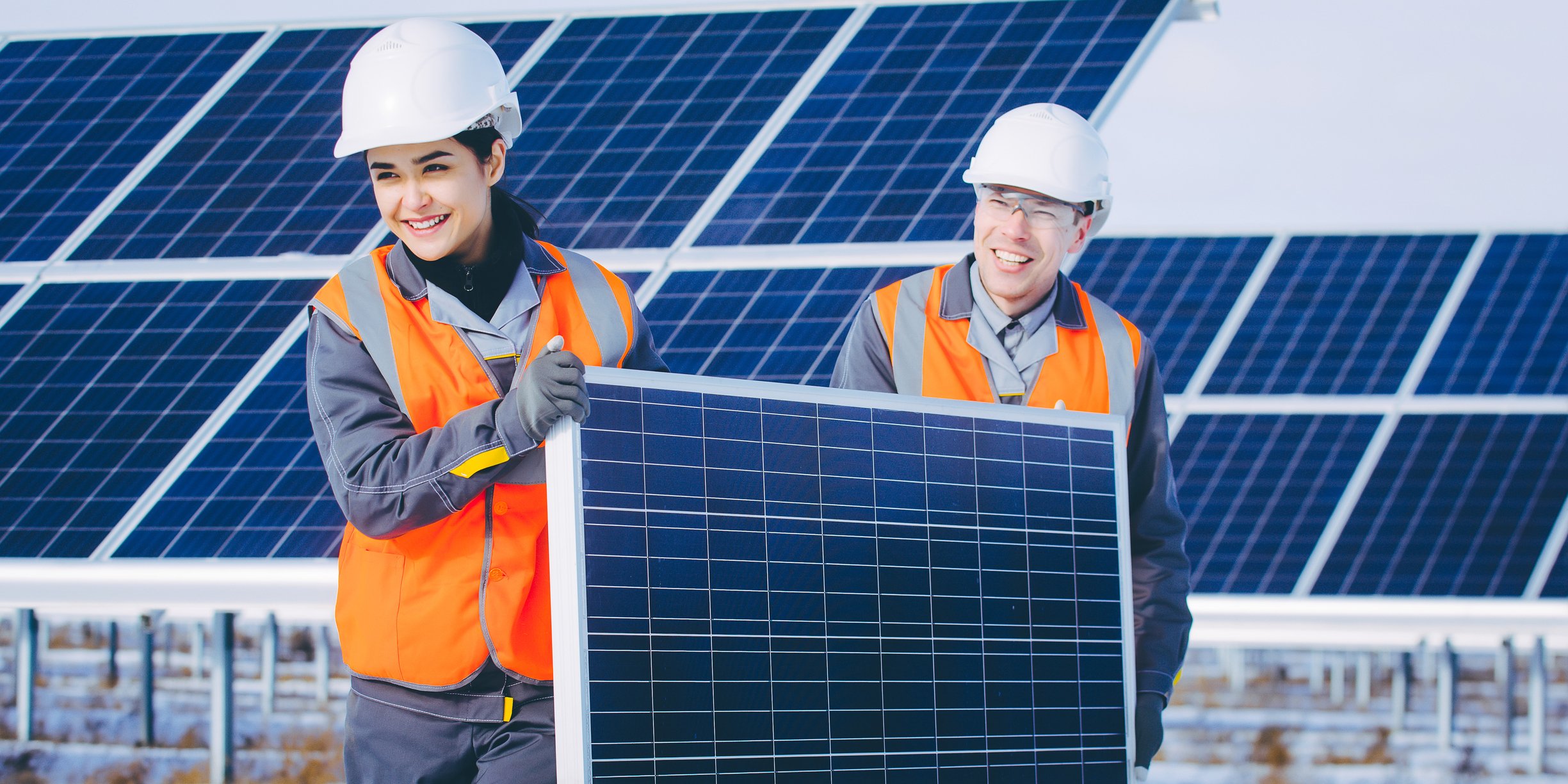Pattern Energy Group (PEGI +0.00%) started evolving its business model over the past year. The wind and solar power generator's focus had been on expanding its portfolio at a fast pace so that it could continue increasing its high-yielding dividend. However, the company has had to shift gears because its financial profile could no longer support that business model. That led the company to stop increasing its dividend and start selling assets to get its finances back on solid ground.
That business model shift will likely remain a key theme when Pattern Energy reports its fourth-quarter and full-year results later this week. It's one of a couple of things investors should keep an eye on in that press release.

Image source: Getty Images.
See if cash flow was on target
Thanks to its strong showing during the third quarter, Pattern Energy reconfirmed its full-year guidance for cash available for distribution, which the company sees coming in a range of $151 million to $181 million. It had already generated $133.4 million in cash through the first nine months of the year, which suggests it should haul in between $17.6 million and $47.6 million during the final period. Given that forecast, investors should see if the company was able to hit the mark.
If the company falls short, investors should take a closer look at what went wrong. One area to watch is power production, which can fluctuate if wind conditions aren't as strong as anticipated. During the third quarter, for example, production was 8% below the long-term average forecast for the period due to weakness in the eastern U.S. If that issue worsens, it could cause Pattern to generate low-end results.
Check out the company's outlook for 2019
Pattern Energy is in the midst of a portfolio recycling initiative. As part of this process, the company is working to monetize valuable noncore assets, which will give it the cash to invest in higher returning opportunities. Over the past few months, for example, the company sold its El Arrayan facility in Chile for $70.4 million and K2 Wind in Ontario for $160 million. The company reinvested some of that cash to buy 51% interests in Mont Sainte-Marguerite in Quebec and Stillwater Wind in Montana for $37.7 million and $23 million, respectively. While the company completed the two sales for a 50% higher multiple of cash flow than it paid for its acquisitions, it has yet to completely replace the lost earnings.
Because of that, investors should pay attention to what the company sees ahead in 2019. As things stand right now, cash flow available for distribution could potentially decline in the coming year due to the impact of the recent asset sales, which would be a notable change for a company that was on track to increase it 14% in 2018 at the midpoint of its guidance range.
However, that's assuming the company doesn't make any more changes to its portfolio, which isn't likely. Not only could Pattern Energy sell additional assets, but it holds the right of first offer to acquire several projects, some of which have already started operations while others are on track to come online this year. Given that the company aims to grow cash flow, it could unveil its next acquisition, which could enable Pattern to remain on a growth trajectory in 2019.
In addition to that, investors should see what the company has to say about its dividend. Pattern Energy pressed pause on dividend growth at the end of 2017 to improve its payout ratio from around 100% to a more comfortable 80%. Given that it still has a ways to go, investors should look for guidance as to when the company believes it might achieve its plan to improve its financial profile.
Check out the latest Pattern Energy earnings call transcript.
All eyes are on what's next
Pattern Energy generated solid results through the third quarter, which has it on track to achieve its full-year forecast. As long as that's the case, then the focus will quickly shift to what's ahead in 2019, where the company faces the challenge of trying to balance its aim to continue growing with the need to shore up its financial foundation. If the company can do both, then this renewable energy stock could generate high-powered total returns in the coming years.






